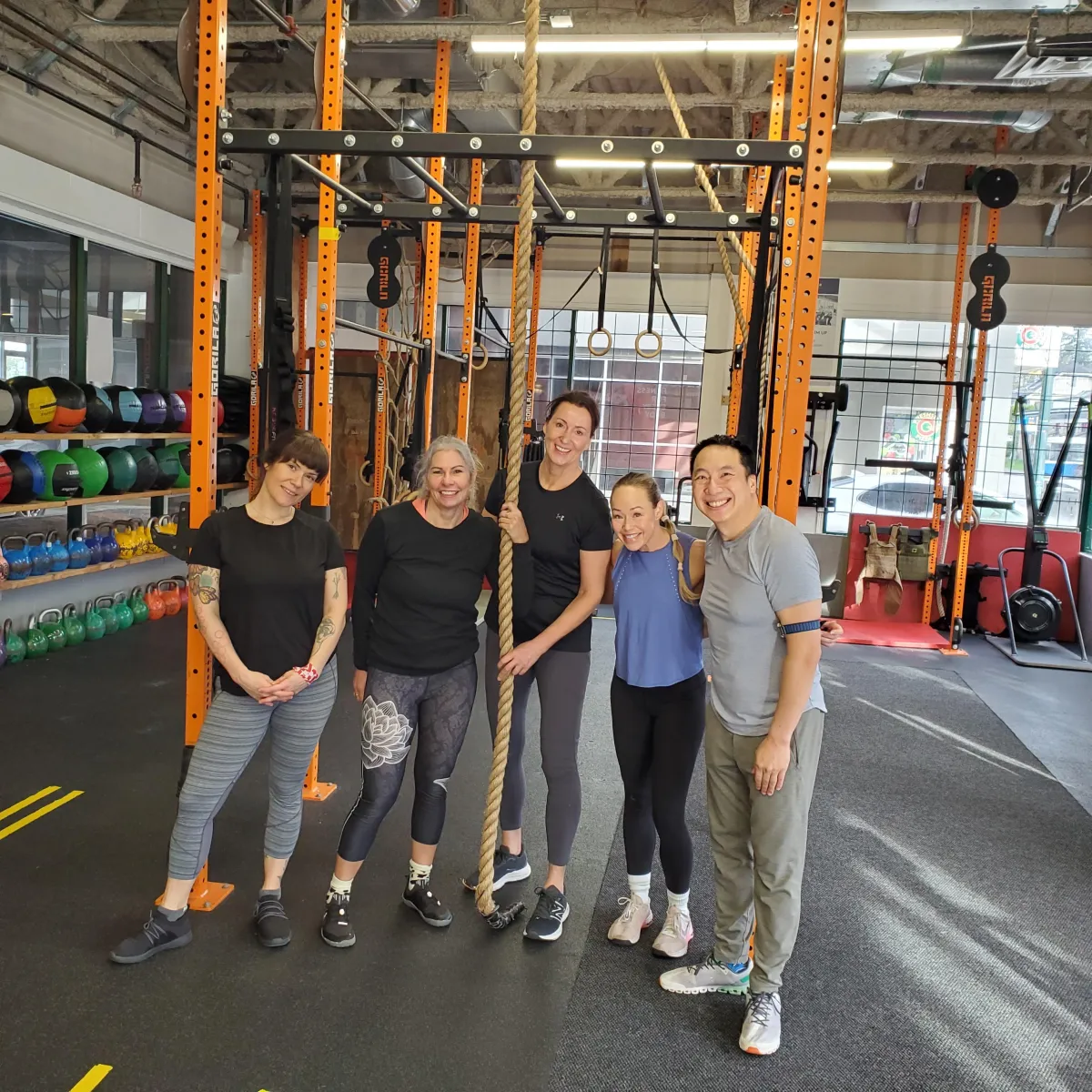
Tonic v Phasic Muscles: Implications for Training and Why You Should Care
The distinction between tonic and phasic muscles was first proposed in the 1960’s by neurologist/physiologist Dr. Vladimir Janda.
Highly resistant to fatigue, tonic muscles are postural muscles that are almost always active. In contrast, phasic muscles fatigue quickly and only activate when deliberately engaged. Tonic muscles are considered hyperactive in contrast to phasic muscles which are classified as lazy.
When overused, under used or injured, tonic muscles shorten and tighten whereas phasic muscles lengthen and weaken.
Please note that no muscle group is entirely tonic or phasic (each muscle has some tonic and some phasic fibres) but are classified by their dominant characteristic.
Characteristics of Tonic Muscles:
- Generally slow-twitch
- Responsible for maintaining posture so must always be “on”
- Tend to be short and tight
- Slow to atrophy
- Less reactive to injury
- Most are flexors
Characteristics of Phasic Muscles
- Predominantly fast-twitch
- Used for dynamic movement
- tend to be weak and inhibited so require strengthening
- Atrophy quickly
- Reactive to injury
- Most are extensors
Tonic and Phasic muscle groups tend to operate in agonist-antagonist pairs with imbalances leading to postural problems, movement dysfunction and injury. Interestingly, Joseph Pilates intuited the importance of this length-tension relationship in the early 1900’s and created his Contrology (now referred to as the Pilates Method) to correct imbalances with a focus on exercises which work with, not against, the body’s natural design.
It is a failing of the fitness industry that exercises chosen randomly do not necessarily account for this and often end up overstimulating tonic muscles which need relaxation, while stretching phasic muscles which need to be activated and strengthened. Whether intentionally or not, CrossFit founder Greg Glassman avoided this pitfall by basing his training methodology upon full body functional movements that appear naturally in the real world rather than movements created for the gym. That is why, when performed correctly with proper mechanics and appropriate intensity, CrossFit movements are remarkably effective for correcting posture and rehabilitating injury.
Predominantly Tonic Muscles
Pectoral Muscles
Levator Scapulae
Trapezius (upper)
Biceps Brachii
Scalenes
Subscapularis
Sternocleidomastoid
Suboccipitals
Masseter
Temporalis
Wrist & Finger Flexors
Lumbar Erector Spinae
Cervical Erector Spinae
Quadratus Lumborum
Hamstrings
Iliopsoas
Rectus Femoris
Adductors
Piriformis
Tensor Fasciae Latae
Gastrocnemius
Soleus
Predominantly Phasic Muscles
Trapezius (middle)
Trapezius (lower)
Rhomboids
Serratus Anterior
Triceps Brachii
Deep Cervical Flexors
Supraspinatus
Infraspinatus
Deltoid
Wrist & Finger Extensors
Latissimus Dorsi
Thoracic Erector Spinae
Rectus Abdominis
Transversus Abdominus
Vastus Lateralis
Vastus Medialis
Gluteal Muscles
Tibialis Anterior
Peroneals
Toe Extensors
The implications for training are significant. Athletes should spend time stretching the tonic muscles but not the phasic ones. Conversely, they should be strengthening the phasic muscles, not the tonic ones. Doing the reverse only exacerbates postural imbalances and predisposes the athlete to injury.
Now let's imagine a typical gym bro whose training program emphasizes bench press and bicep curls. He is chronically strengthening and tightening his pectoralis and bicep muscles which are tonic muscles already prone to shortening and tightening. Meanwhile he is neglecting his rhomboids, trapezius and serratus muscles which are the phasic antagonists. These become weaker and lengthen. Soon our gym bro suffers from anterior shoulder rotation as his shoulders round forward, drawn inwards by strong pecs and weak rhomboids. Given his poor posture he is prone to mechanical inefficiencies which will inevitably lead to a shoulder injury.
In speaking with our resident neurologist, I discovered that many neurological disorders present with a dysfunctioning relationship between tonic and phasic muscles. This is not new knowledge and yet, outside Pilates and the wise and learned Dan John, the tonic-phasic relationship is rarely discussed and relatively unknown in the world of fitness despite the profound implications it has for client outcomes.
The positions you assume in your daily life also impact the relationship between the tonic and phasic muscles. Do you sit all day shortening the tight tonic hip flexors? Are you hunched over a steering wheel or keyboard, stretching and lengthening your weak, phasic rhomboids and medial traps? What are you doing to counteract your daily habits? Are you stretching your hip flexors and strengthening your rhomboids and traps? Or are you exacerbating the problem by pumping your pecs and stretching your lats?

Friday Make Up Day
1) Complete as many reps as possible in 30 minutes of:
800-meter run
20 toes-to-bars
20/30 Echo bike calories
2) 3 rounds for time of:
21 front squats
15 box jumps
9 strict handstand push-ups
3) Complete as many rounds and reps as possible in 12 minutes of:
30 double-unders
10 burpees-to-rings
5 ring muscle-ups
4) 10 snatches
40 air squats
8 snatches
40 air squat
6 snatches
40 air squats
4 snatches
40 air squats
2 snatches
5) 50-35-20 reps for time of:
Hand-release push-ups
Row calories
